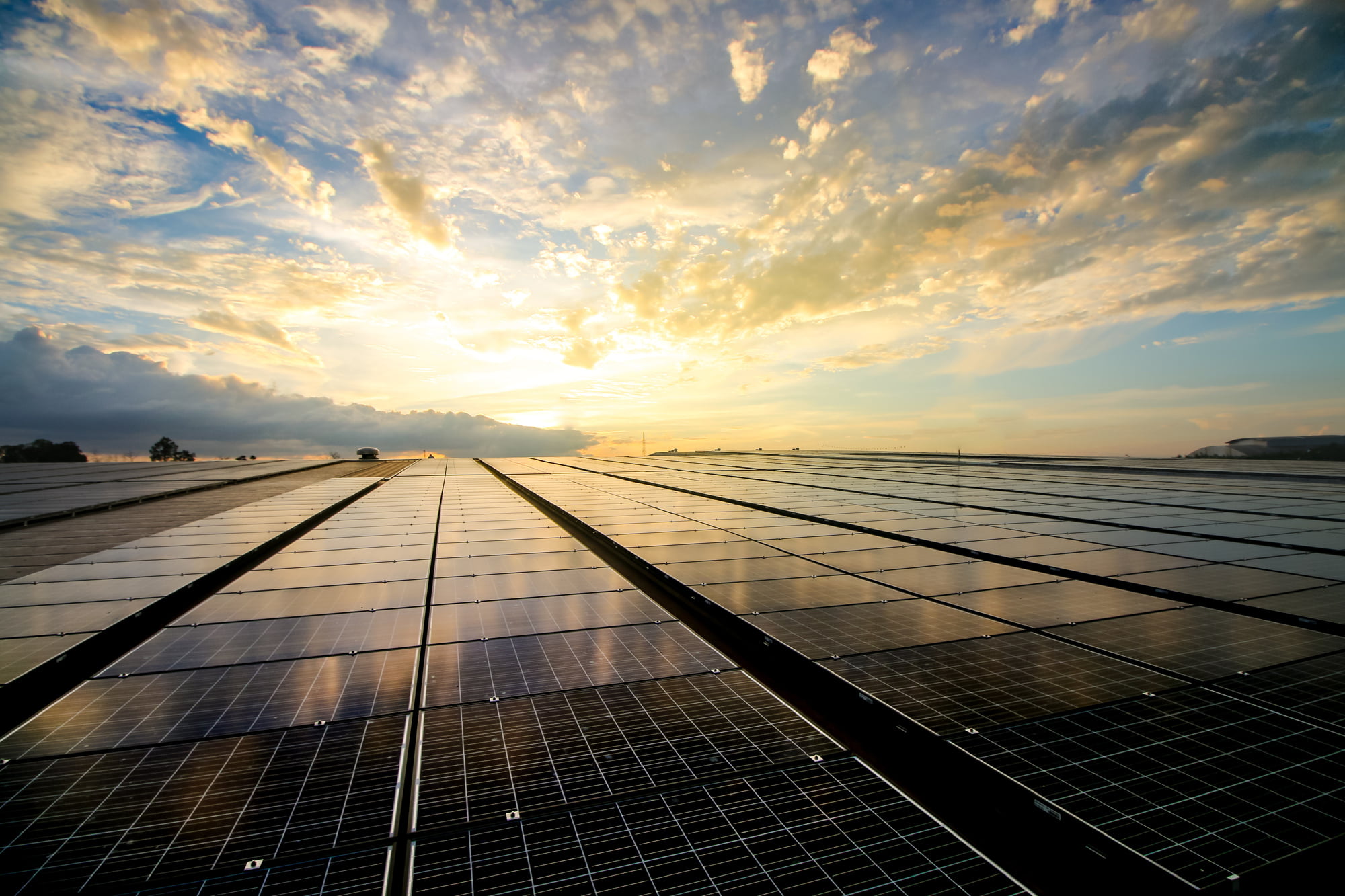As US solar deployments hit new records in 2022, 44 gigawatts of utility-scale solar will come online.
Have you heard the good news? Many states in the US have hit grid parity with solar energy.
But what exactly is grid parity? How can it benefit you to go solar? And how can you help by investing in solar energy? We will answer all of these questions in this article.
So, keep reading if you’re interested in investing in solar power, but want to understand the concept of grid parity first.
Let’s jump right in!
What is Grid Parity
Grid parity is when an alternative energy source generates power at a levelized cost. In other words, grid parity means that it is cheaper to generate your energy than to buy it from the utility company.
Solar energy is close to achieving grid parity in many parts of the world. The cost of installing a solar photovoltaic (PV) system has fallen in recent years. This is due to advances in technology and manufacturing.
With solar PV systems becoming more affordable, many are now considering them. Investing in solar can lower their electricity bills.
If you want to change your traditional electrical grid, look for a company specializing in solar energy. Make sure to click on this link to get some information on achieving parity using solar energy.
How to Measure Grid Parity
There are a few different ways to measure grid parity. The most common method is to compare the Levelized Cost of Electricity (LCOE) from the alternative energy source with the price of purchasing electricity from the grid. If the LCOE from the alternative energy source is lower than the price of grid electricity, the alternative energy source has achieved grid parity.
Another way to measure grid parity is to compare the cost of generating one kilowatt-hour (kWh) of electricity from the alternative energy source with the cost of purchasing one kWh of electricity from the grid. If the price of generating one kWh from the alternative energy source is less than the cost of buying one kWh from the grid, then the alternative energy source has achieved grid parity.
Grid Parity Depending on the Region
Grid parity can vary depending on the region, as electricity costs vary from place to place. In some areas, solar is already at or below grid parity, making it a cheaper option than purchasing power from the utility. In other areas, solar is still above grid parity, but the cost drops as solar technology improves and becomes more efficient.
Factors Affecting Costs of Solar Energy
Several factors can affect our solar payments. These include the type of equipment used, the location of the installation, the level of government subsidies, and the prevailing market conditions for energy. It is difficult to predict when solar power will reach grid parity in any market.
Using Cheaper and Cleaner Source of Energy
Grid parity is when the cost of generating solar energy is equal to or cheaper than the price of purchasing energy from the grid. It is an important milestone for the solar industry, as it means that solar can compete with traditional forms of energy on a cost basis. It is good news for the environment and the economy, as solar energy is a clean, renewable resource.
Considering installing solar panels? Check out our other blog posts about going solar.




